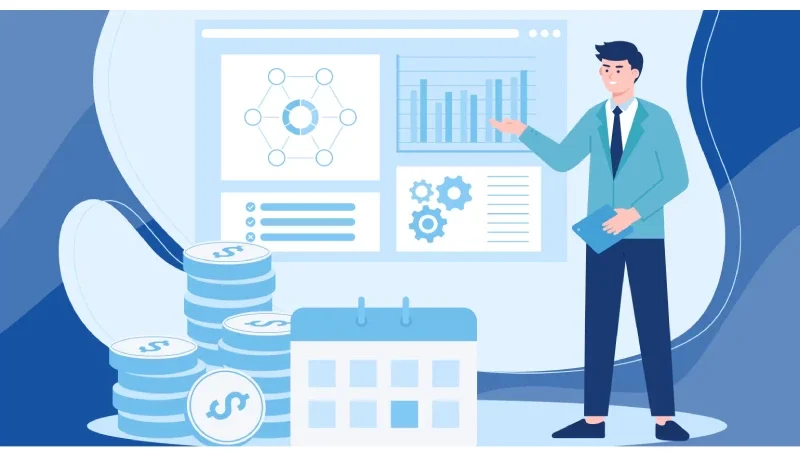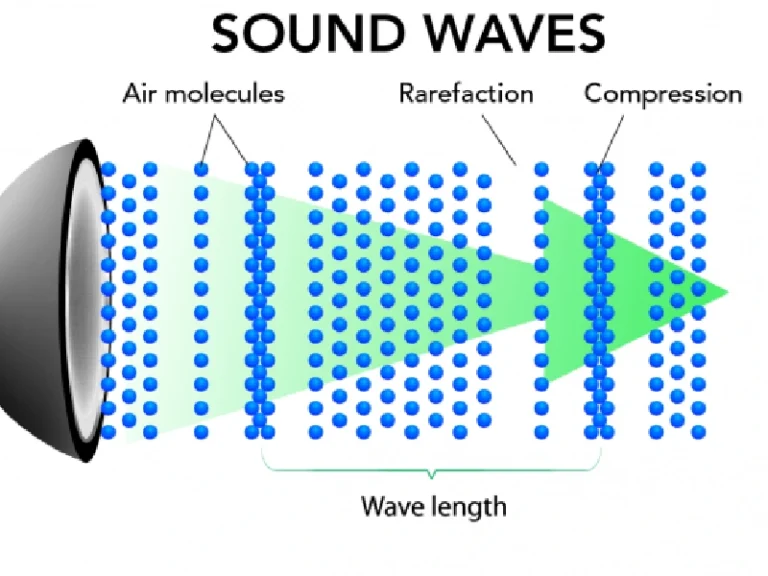
Introduction: Why Technology Expense Management Is the Silent Game-Changer
In the late 1990s, when businesses first embraced email and corporate networks, technology budgets were relatively simple. Buy servers, install software, and hire IT staff. Fast forward to today, and the landscape looks unrecognizable. Cloud platforms, SaaS subscriptions, cybersecurity tools, IoT devices, mobile apps each brings incredible value, but they also create an uncontrollable sprawl of costs.
Here’s the paradox: companies are spending more on technology than ever before, yet many don’t actually know where the money goes. According to Gartner, global IT spending will exceed $5 trillion by 2024, but experts estimate up to 30% of that is wasted due to mismanagement, shadow IT, and lack of visibility.
This is where Technology Expense Management (TEM) steps in—not just as a cost-cutting strategy but as a powerful discipline that helps businesses take control, optimize spending, and drive innovation without financial chaos.
So, what exactly is TEM, how did it evolve, and why does it matter more than ever? Let’s dive deep.
The Origins of Technology Expense Management
From Telecom Bills to Enterprise Complexity
TEM started in the early 2000s as Telecom Expense Management. Back then, companies struggled with inflated mobile bills, confusing invoices, and rogue phone contracts. TEM software was born to track, audit, and control telecom spending.
But as enterprises expanded, so did their technology stack:
-
Cloud adoption skyrocketed – AWS, Microsoft Azure, and Google Cloud became core infrastructure.
-
SaaS applications multiplied – with tools like Salesforce, Slack, and Zoom billing per user, per month.
-
Remote work exploded – creating new expenses like home office setups, VPNs, and cybersecurity subscriptions.
This shift transformed TEM into Technology Expense Management—a holistic approach to managing all IT-related costs.
What Is Technology Expense Management Today?
At its core, TEM is the process of monitoring, analyzing, and optimizing technology-related expenses across an organization.
It includes:
-
Telecom & mobile expenses – voice, data, devices.
-
Cloud & SaaS subscriptions – per-user apps, cloud infrastructure.
-
IT hardware & software – laptops, servers, licenses.
-
Networking & IoT costs – routers, sensors, connected devices.
-
Cybersecurity & compliance tools – firewalls, monitoring, governance.
In short: TEM answers the critical business question—“Are we getting full value from every dollar spent on technology?”
Why Technology Expense Management Matters More Than Ever
-
Rising IT Complexity
The average company uses 130+ SaaS apps. Without oversight, overlapping subscriptions and redundant tools eat into profits. -
Remote and Hybrid Work
Distributed teams mean distributed costs. TEM ensures accountability across devices, apps, and services. -
Economic Uncertainty
With inflation and tighter budgets, CFOs demand transparency in IT spending. TEM delivers hard numbers. -
Cybersecurity Risks
Shadow IT—when employees use unauthorized apps—creates hidden costs and vulnerabilities. TEM reduces this risk. -
Sustainability & ESG
Energy usage, e-waste, and IT procurement have environmental costs. TEM supports greener choices.
Key takeaway: Without TEM, businesses risk overspending, inefficiency, and security exposure. With it, they gain control, savings, and strategic insight.
How Technology Expense Management Works
Step 1: Data Collection
Gather invoices, contracts, subscription details, usage metrics, and vendor information into one centralized platform.
Step 2: Expense Visibility
Use dashboards and AI tools to categorize and track every expense in real time.
Step 3: Optimization
Identify unused licenses, duplicate services, and opportunities to renegotiate vendor contracts.
Step 4: Automation
Automate invoice auditing, approvals, and reporting to save manual effort.
Step 5: Strategic Alignment
Align spending with business goals—shift from cost-cutting to investment-driven decision-making.
Case Studies: TEM in Action
Case Study 1: Global Retail Giant
A retail company with 50,000 employees found it was paying for 15,000 unused Microsoft 365 licenses. After implementing a TEM platform, it saved $7 million annually by reclaiming unused seats and consolidating vendors.
Case Study 2: Healthcare Network
A healthcare provider realized it had overlapping cybersecurity tools across departments. TEM revealed redundancies, enabling them to cut costs by 22% while strengthening security posture.
Case Study 3: SaaS Startup
A startup scaling rapidly used TEM to negotiate better rates with AWS and optimize storage usage. Result: 30% cloud savings and better forecasting for investors.
Lesson learned: TEM is not just for cost-cutting—it’s a strategic enabler across industries.
Expert Insights on TEM
“Technology Expense Management is no longer a finance problem. It’s a business transformation strategy.”
– Lisa Brown, CIO at FinTech Global
“The companies winning today aren’t the ones spending the most on technology. They’re the ones spending the smartest.”
– Mark Davidson, Gartner Analyst
These insights highlight that TEM isn’t about austerity—it’s about intelligent allocation of resources.
Benefits of Technology Expense Management
| Benefit | Impact |
|---|---|
| Cost Savings | Up to 30% reduction in IT expenses |
| Transparency | Real-time visibility into spending |
| Compliance | Reduces risk of regulatory fines |
| Productivity | Frees IT teams from manual invoice audits |
| Vendor Leverage | Better contract negotiations |
| Sustainability | Tracks energy use & e-waste impact |
Challenges in Technology Expense Management
-
Data silos – scattered invoices and contracts.
-
Shadow IT – unauthorized apps hidden from IT.
-
Vendor complexity – hundreds of contracts to manage.
-
Change resistance – employees may resist new controls.
-
Evolving tech – new expenses like AI tools and IoT sensors.
Solution? A mix of strong policies, automation, and cultural adoption.
Future of Technology Expense Management
AI-Powered TEM
Artificial intelligence will predict spending trends, detect anomalies, and recommend optimizations automatically.
Blockchain & Smart Contracts
Vendor agreements and payments may be executed transparently via blockchain, reducing disputes.
Sustainability-First TEM
Companies will track carbon footprints of cloud usage and device lifecycles, aligning with ESG goals.
Unified Digital Platforms
Future TEM will integrate HR, finance, IT, and procurement into one real-time visibility hub.
Prediction: By 2030, TEM will shift from cost management to value orchestration—helping organizations maximize both financial and strategic returns.
Practical Guide: Implementing TEM in Your Organization
-
Audit Current Expenses – Collect every IT invoice.
-
Identify Redundancies – Look for unused licenses and duplicate services.
-
Choose a TEM Platform – Select tools like Tangoe, Calero, or Zylo.
-
Engage Stakeholders – Involve finance, IT, and procurement teams.
-
Automate Reporting – Set up dashboards for real-time visibility.
-
Negotiate Contracts – Use data insights to renegotiate with vendors.
-
Track KPIs – Monitor cost savings, license utilization, and vendor performance.
Pro tip: Start with one department (e.g., SaaS tools) before expanding to the entire organization.
FAQs on Technology Expense Management
Q1: What is the difference between TEM and IT Financial Management?
TEM focuses specifically on tracking and optimizing technology expenses, while ITFM covers budgeting, forecasting, and overall IT financial planning.
Q2: How much can a company save with TEM?
On average, businesses save between 10–30% annually, depending on their size and complexity.
Q3: Is TEM only for large enterprises?
No. Startups and SMBs benefit just as much, especially when scaling rapidly.
Q4: What are the best TEM software platforms?
Popular options include Tangoe, Calero, Zylo, Flexera, and Cass Information Systems.
Q5: How does TEM reduce cybersecurity risks?
By eliminating shadow IT and ensuring all apps and devices are approved, TEM reduces exposure to hidden threats.
Q6: Can TEM help with cloud cost management?
Yes, cloud cost optimization is a major use case within modern TEM solutions.
Q7: How long does TEM implementation take?
Depending on company size, implementation can take anywhere from 3 to 12 months.
Q8: Does TEM support sustainability initiatives?
Yes, it helps track energy usage, reduce waste, and support ESG reporting.
Final Checklist: Mastering TEM
✅ Centralize all IT invoices and contracts
✅ Eliminate duplicate SaaS and telecom costs
✅ Automate invoice auditing and reporting
✅ Negotiate better vendor contracts
✅ Track usage to ensure full ROI
✅ Align IT spending with business goals
✅ Monitor carbon and sustainability metrics
Conclusion.
Technology drives business growth, but unchecked spending drains innovation. Technology Expense Management is the discipline that bridges efficiency and strategy. It transforms IT from a cost center into a value engine.
As organizations face tighter budgets, rising complexity, and pressure to innovate, TEM will become not optional, but mission-critical. Whether you’re a startup trying to survive or an enterprise looking to scale globally, smart expense management ensures every dollar counts.


